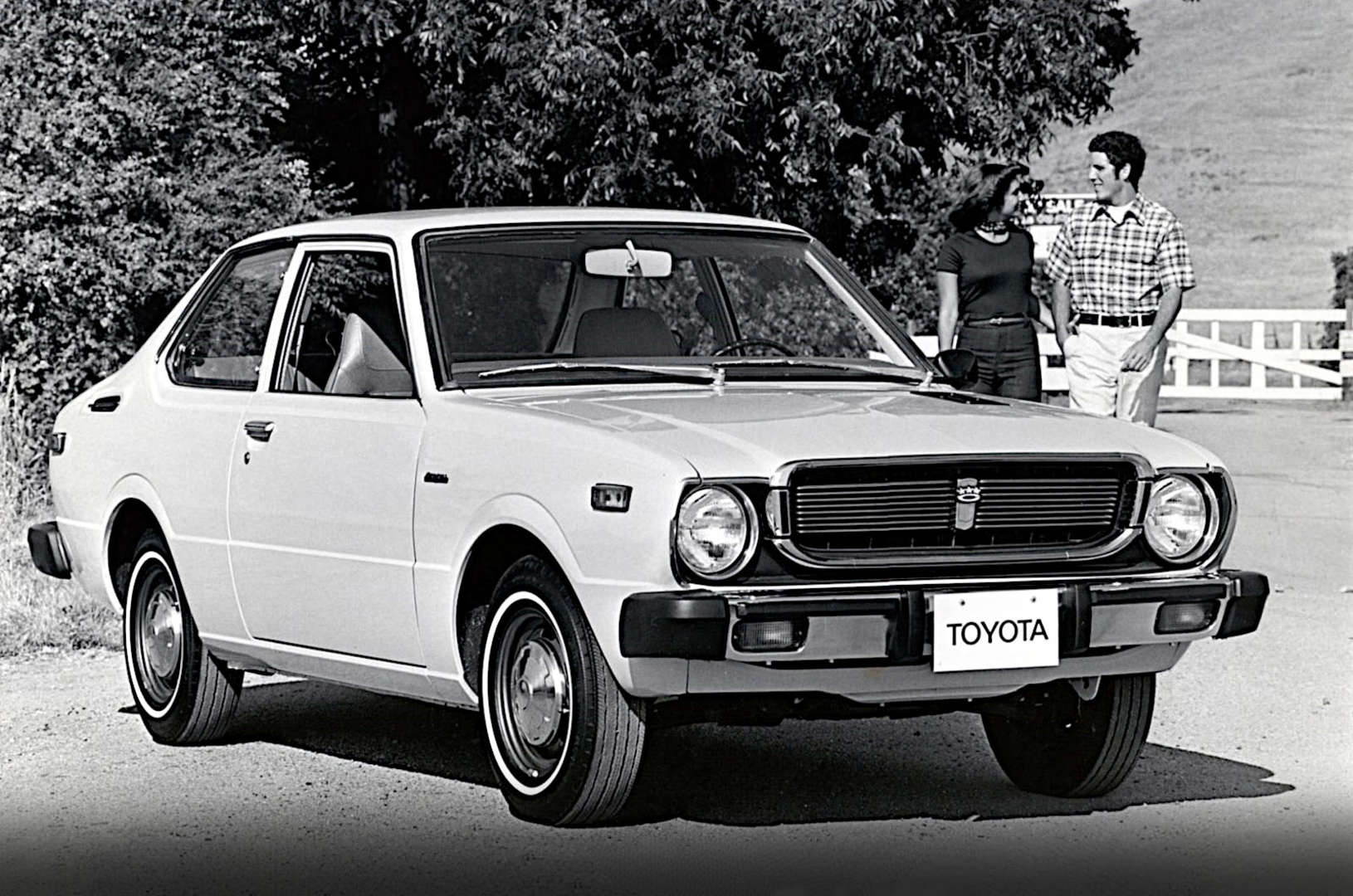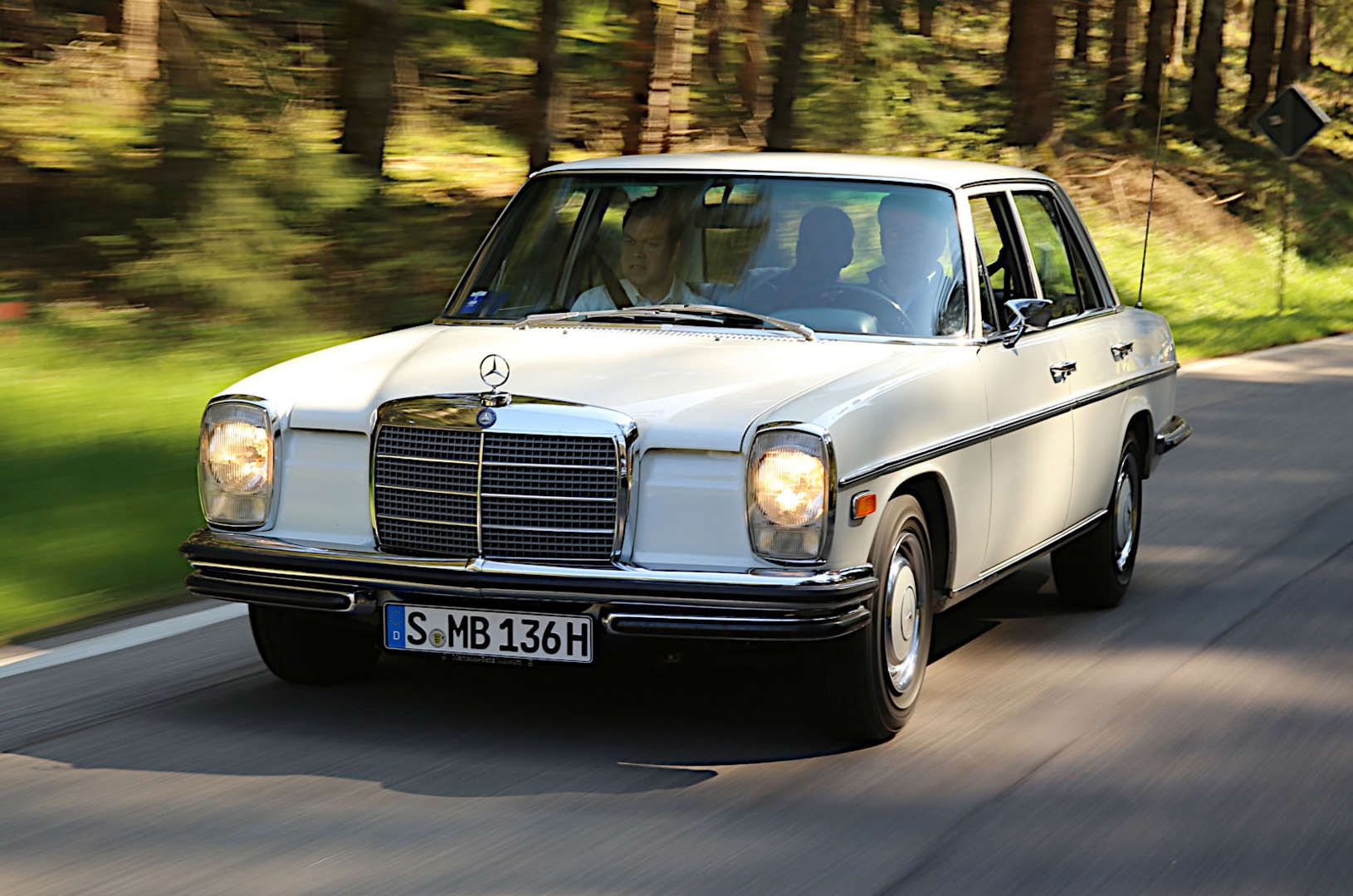
In 1975, foreign car brands made significant inroads into the U.S. automobile market. Toyota overtook Volkswagen as the top‐selling import brand, followed closely by Datsun. Fuel efficiency, reliability, expanding model choices, and improved after-sales support helped Japanese automakers climb in popularity. European brands held niche positions mostly among luxury or performance buyers. The list of top importers reveals not only consumer preferences but also industry shifts toward compact, economical cars during energy concerns in the 1970s.
Content
1. Background
-
By 1975, imported cars comprised a growing share of the U.S. auto market. Rising gasoline prices, stricter emission and safety regulations, and changing consumer tastes all contributed to a shift away from large, domestic gas-guzzlers.
-
Japanese manufacturers especially benefited: they focused on small, fuel-efficient models, good reliability, and building better support networks in the U.S.
2. Top Importer Brands in 1975
According to Toyota’s report of 1975 import‐sales:
| Rank | Importer Brand | Number of Cars Imported in 1975 |
|---|---|---|
| 1 | Toyota | 283,909 |
| 2 | Volkswagen | 267,718 |
| 3 | Datsun | 263,192 |
| 4 | Honda | 102,389 |
| 5 | Fiat | 100,511 |
| 6 | British Leyland | 70,839 |
| 7 | Mazda | 65,351 |
| 8 | Colt | 60,356 |
| 9 | Volvo | 59,408 |
| 10 | Capri | 54,586 |
-
Toyota edged past Volkswagen for the first time.
-
Datsun had a strong growth rate compared to 1974.
-
The rise of Honda and Fiat also reflects the demand for smaller, more economical cars.
3. Leading Models & Model Trends
While the brand data shows which companies sold the most units, certain models stood out:
-
The Toyota Corolla was especially strong among models. (Later years Especially.)
-
The Volkswagen Beetle (Type 1) was losing market share but still held a presence.
-
Japanese performance/coupe models from brands like Datsun (e.g. Z‑series) also had cult appeal.
4. Technology & Regulatory Influences
-
Emissions, safety, and fuel economy laws were tightening around the U.S., pushing automakers (both domestic and importers) to adapt. Smaller engines, better fuel efficiency, lighter construction, emissions control systems, etc., became more important.
-
Japanese automakers responded well with compact cars and building reliability into their designs. They also invested in establishing parts and service networks in the U.S. which reduced costs and improved ownership experience.
5. Impacts & Legacy
-
The 1975 import leaderboards marked a turning point: Toyota becoming the top import brand was a sign of changing tides.
-
Models and brands that catered to efficiency, affordability, reliability started gaining long-term strength.
-
The dominance of brands like Toyota, Datsun, Honda in later decades can trace roots back here.


You must be logged in to post a comment.